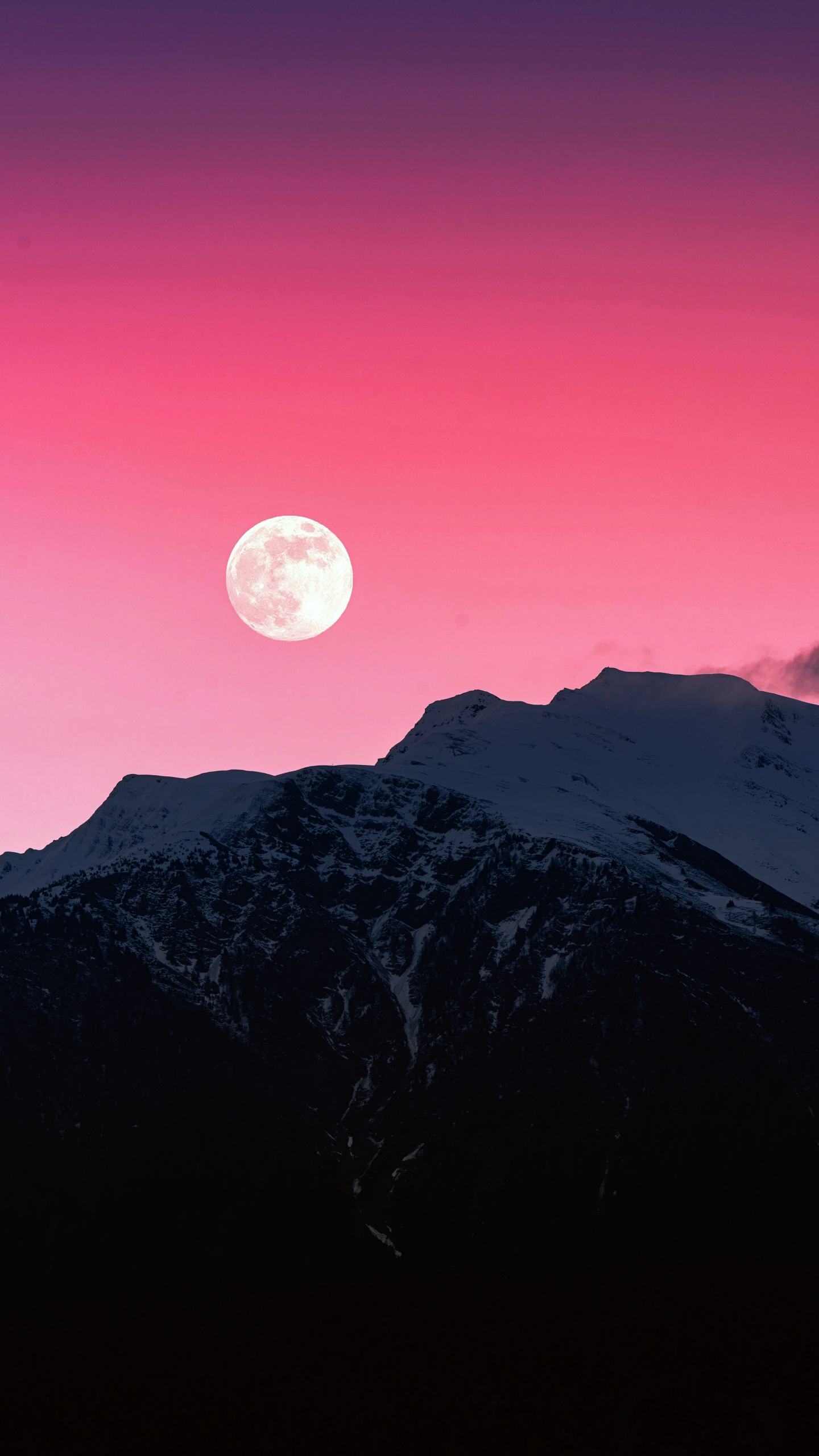

In the “Add New Wallpaper” overflow menu that appears, select Photo Shuffle at the top.ĭepending on how you’ve set them, the phone will switch between the selected images after a specific period of time. On the next screen, tap on Add New Wallpaper. To apply Photo Shuffle to your Lock Screen, open the Settings app on iOS. You can also apply Photo Shuffle from iOS settings in case you find method #1 inconvenient. Tap and select your desired frequency to change your wallpapers.ĭepending on how you’ve set them, the phone will switch between the selected images after a specific period of time. Once done, tap the 3-dot () icon in the bottom right corner. Set up your lock screen as needed by adding widgets, customizing your clock, applying filters, and more. You will now be shown your lock screen preview. Tap Add in the top right corner once you’re done. Now tap and select the photos you wish to use. You can choose up to 50 wallpapers when selecting manually. You can tap Choose Photos Manually and choose your desired wallpapers. In such cases, you will be shown a screen that says Photo Shuffle is Processing. However, sometimes Photo Shuffle can take its sweet time processing your photos especially if you have more than 5k captures on your device. Tap and choose your preferred frequency to switch between wallpapers. Tap and exclude categories that you don’t wish to use as wallpapers. You will now be shown the categories available on your device and all should be selected by default. IOS 16 automatically analyzes and categorizes your images for use with Photo Shuffle. In the Add New Wallpaper overflow menu that appears, select Photo Shuffle at the top. Next, with the Lock Screen panned out, tap on the + icon at the bottom right corner. To create a Photo Shuffle, unlock your iPhone without leaving the Lock Screen.Īfter unlocking the device, tap and hold on anywhere on the Lock Screen until it’s zoomed out. We’ll explain both of these methods and the steps involved below. There are two ways you can create a Photo Shuffle on iOS 16 you can either do it directly from your Lock Screen or using the Settings app.
LOCK SCREEN PICTURES HOW TO
Related: iOS 16 Unsend Button: Where Is It and How to Use It How to create Photo Shuffle for your lock screen on an iPhone You can toggle Depth Effect and Perspective Zoom on/off, apply different clock colors and styles, and widgets at any time without a hassle. You can do all that without losing out on other features that the new Lock Screen on iOS 16 has to offer. You can either set a specific interval after which iOS applies a new wallpaper or you can customize the Photo Shuffle to set a new background every time you wake your iPhone up from sleep or every time you tap on your Lock Screen. Users can choose a bunch of pictures from their library that iOS will shuffle across at various intervals of their choice. Photo Shuffle on iOS 16 allows users to create a playlist of wallpapers that they can apply on their Lock Screen as well as the Home Screen.
LOCK SCREEN PICTURES ANDROID
From myself I hasten to add that I don’t observe similar problems either on Samsung Galaxy S10 under Android 9 or on Google Pixel running Android 10. Have you ever faced such a problem or I am the only one? Tell me in the comments section. And finally select Both or Lock Screen and tap OK:.Tap on the + Select From Gallery icon to add a new picture:.Long tap on an empty area and select Wallpaper:.Set an Image from Google Photo as a Lock Screen Wallpaper on Meizu Now select the Wallpaper with the Gallery app icon instead of Google Photos app icon:.How to Set a Google Photos Image as a Lock Screen Wallpaper on Huawei


 0 kommentar(er)
0 kommentar(er)
